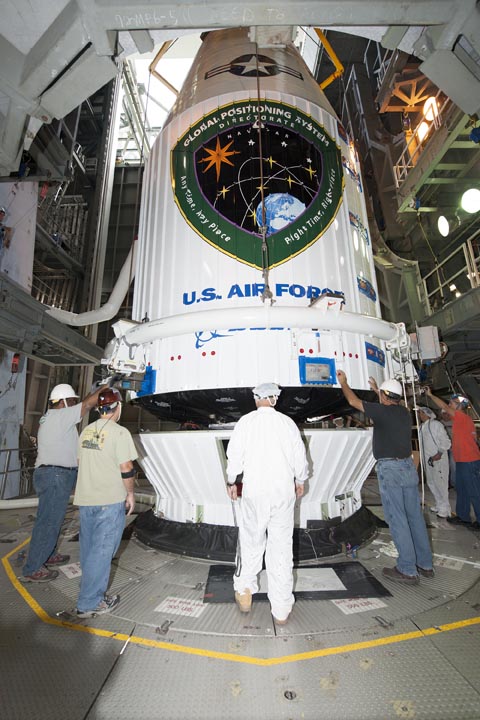 Yang Yuanxi, China National Administration of GNSS and Applications
Yang Yuanxi, China National Administration of GNSS and ApplicationsChina will begin launching BeiDou-2 satellites again in 2013 as it begins its test program for the third generation of the nation’s GNSS program.
After launching 16 satellites since 2007 (including six last year) to establish the current regional constellation with 14 operational satellites and publishing an official interface control document December 27, China called a halt to further launches to evaluate the performance of the system and complete a development plan for the system.
China will begin launching BeiDou-2 satellites again in 2013 as it begins its test program for the third generation of the nation’s GNSS program.
After launching 16 satellites since 2007 (including six last year) to establish the current regional constellation with 14 operational satellites and publishing an official interface control document December 27, China called a halt to further launches to evaluate the performance of the system and complete a development plan for the system.
Meanwhile, a shift of modernized civil signals to a new frequency, originally planned for 2016, will probably be delayed.
The updates came in presentations from Chinese officials last week at the Institute of Navigation (ION) Pacific PNT 2013 conference in Honolulu, Hawaii: Yuanxi Yang, an academician with the Chinese Academy of Sciences representing the China National Administration of GNSS and applications (CNAGA), and Xiancheng Ding, senior advisor with the China Satellite Navigation Office (CSNO).
The current (Phase II) B1 open service signal uses quadrature phase shift keying (QPSK) modulation with 4.092 megahertz bandwidth centered at 1561.098 MHz. The BeiDou Phase III plan for the B1 civil signal calls for shifting to the L1 frequency centered at 1575.42 MHz and transmitting a multiplex binary offset carrier (MBOC 6,1,1/11) modulation similar to the modernized GPS civil signal (L1C) and the Galileo L1 Open Service signal.
BeiDou’s current constellation of five geostationary (GEO), five inclined geosynchronous orbit (IGSO), and four middle Earth orbiting (MEO) spacecraft are also transmitting open and authorized signals at B2 (1207.14 MHz) and an authorized service at B3 (1268.52 MHz).
In his presentation, Yang offered results from recent BeiDou monitoring campaigns that indicated the system has a range error near to that of GPS, while revealing slightly different performance among the three types of satellites. The GEOs, for example, are less sensitive to the north and vertical components and exhibit “obvious multipath errors,” he said.
Real-time, stand-alone BeiDou horizontal positioning accuracy was better than 6 meters (95%) and vertical accuracy beter than 10 meters (95%), Yang said. The campaigns used BeiDou receivers from Unicore Communications, Inc., co-founded in March 2009, by Shaowei Han, former chief technology officer for SiRF Technology, and Beijing BDStar Navigation Co., Ltd.





